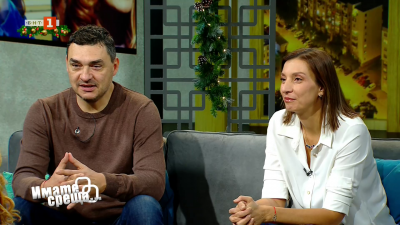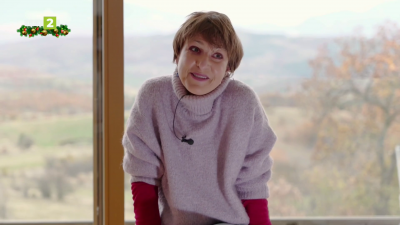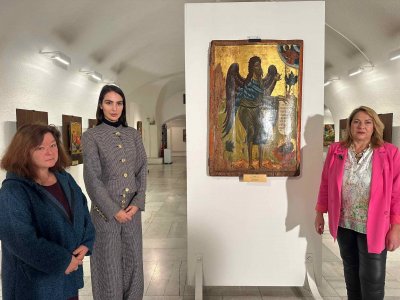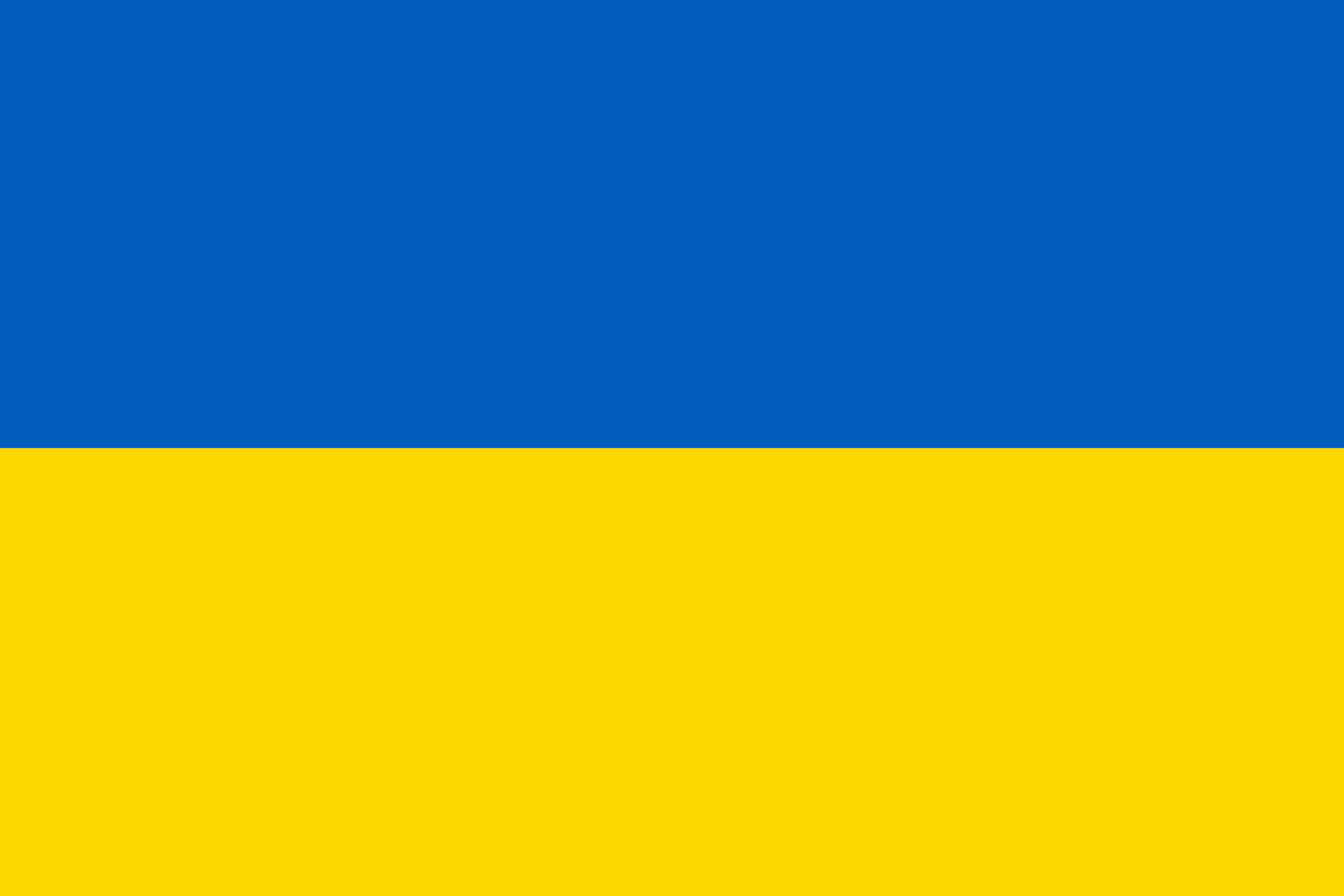Three arrested in a hit on super high quality of fake banknotes in Shumen
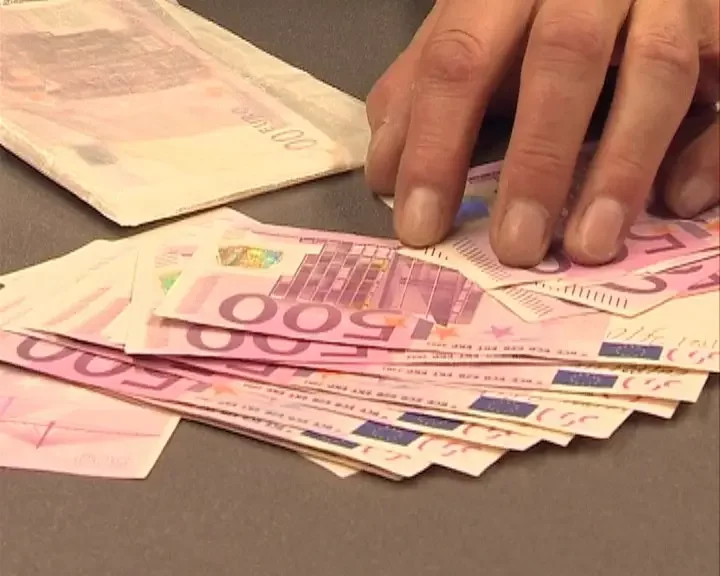
Top quality of counterfeit 500 euros bills were produced in the print shop dismantled a day ago near Shumen. Some of the banknotes were put into circulation in EU countries and even passed through ATMs and banknote counting machines. The inks and paper were imported from China and Turkey. At the customs, the counterfeiters declared the paper as packaging for döner kebab. In addition to the Bulgarian General Directorate for Combating Organised Crime (GDCOC), the investigation also involved Europol and the US Secret Service.
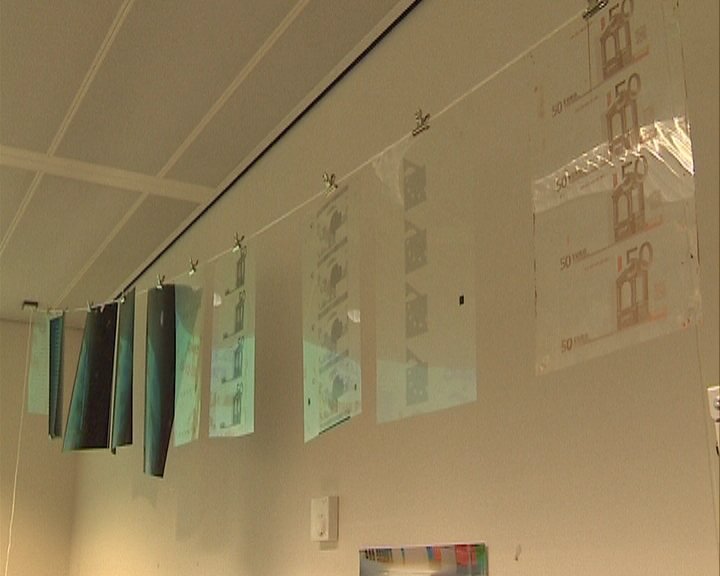
How does the production of these fake banknotes start, is it from the smallest denomination?
Ivo Nikodimov, BNT: "No, as illogical as it sounds, it started from the biggest one. From the rare 500 euro note, which the European Central Bank is considering withdrawing from circulation, because notes of such high value are easily used to finance terrorism and human trafficking. The three detainees first started to produce it and, when they saw that it passed various tests and that both the ATMs and the counting machines did not recognise it as a counterfeit, they started to produce the 50 BGN note, which they also put into circulation. They have recently started preparations for the production of the 50 US dollar note, and they have come to test whether it can go into circulation. They also had plans to produce $100 notes, but were still exploring how to imitate their security features."
How many banknotes have they managed to put into circulation?
"750 banknotes with a denomination of 50 BGN have been put into circulation, that's a total of 37 500 BGN. During the raid, 2,000 counterfeit BGN 50 notes were seized from one of the addresses in Shumen, making a total of BGN 100,000. They were ready to be put on the market. The counterfeit 500 euro notes produced totalled 1,000, making half a million euros. It is not said exactly how many have been put into circulation, but it was said they were not many."
With so many good counterfeits, why have they put so little counterfeit money into circulation?
"Firstly, because they have handled the distribution themselves in order to keep other participants out of the group. In addition, they relied on quality rather than quantity in production. Thus, it took them a long time to make the notes perfectly."
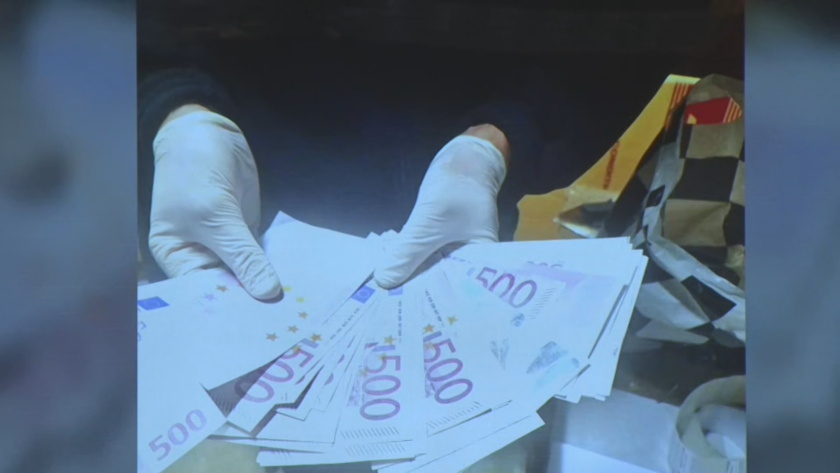
The first operational evidence that there was a printing facility in Bulgaria producing high quality counterfeits of banknotes in BGN, EUR and USD was received by the directorate for combating organised crime in 2020.
"The initial information received by our colleagues from the anti-counterfeiting department was about the production of a 500 euro note," explained Boyan Raev, deputy director of the directorate general for combating organised crime (DGCOC).
The banknote was detected in circulation in EU countries, and it was established even then that the counterfeit units were relatively small in quantity. The DGCOC started working on evidence that the production was being carried out by an organised criminal group. They targeted three people who had already been arrested for producing counterfeit money. Together with counterparts from various European countries, Europol and the Secret Service traced the production and distribution of counterfeit BGN 50, USD 50 and EUR 500 bills.
"In the last year, we have been working very actively on those persons who are involved in the criminal activity," added Boyan Raev, Deputy Director of the DGCOC.
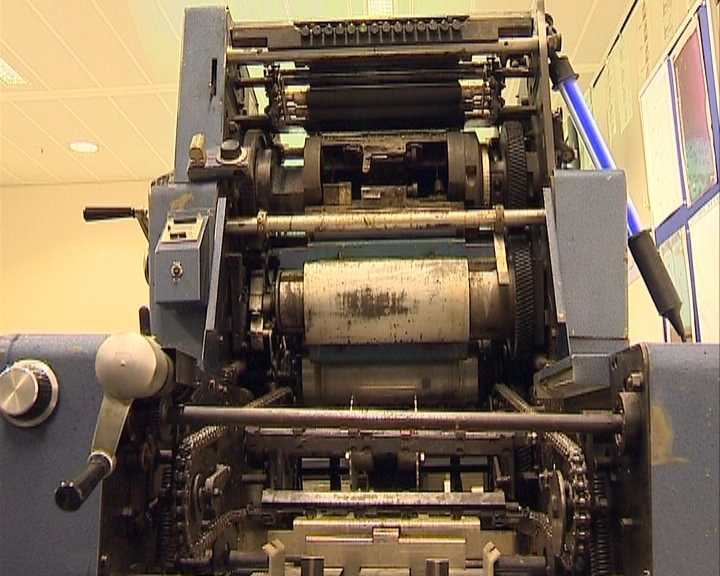
They tracked the movement of 500 euro banknotes. According to BNT sources, a total of 1,000 fake 500 euro bills were produced.
"During the analyses of the acquired 500 euro banknotes it was found that this banknote is a so-called "superfake". Namely, it is of extremely high quality."
The counterfeit note had absolutely all the security features and was practically indistinguishable from the real one. The 50 BGN counterfeit notes were also of exceptional quality.
"As these banknotes can and do pass the machine inspection, they can also enter ATM devices, i.e. they were so well crafted that they fooled the machines."
Investigators found that the group that produced the fake notes consisted of three men. They did not rely on quantity in their work.
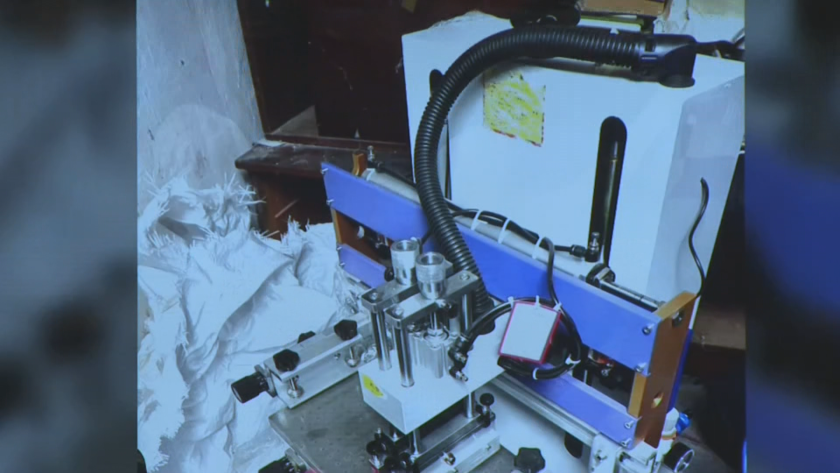
"The equiment was seized during the operaton. The counterfeiters were using top-end technology to produce the fake banknotes. And this led to the super-counterfeit - the crafting skills of one of the persons who actually produced them."
One of the detainees was in charge of technical support. The second for the artisanal finish of the notes, and the third for their distribution.
Chris McIntyre, Head of the Security Services office in Bulgaria: "This type of crime has significant consequences for society if it is not investigated, and in fact the investigation of GDCOC has led to the end of the possibility for many people and businessmen to be defrauded with counterfeit money. "Secret Service has been working with GDCOC for more than 20 years and together we have successfully uncovered many such printing facilities and seized millions of counterfeit dollar bills and apprehended many counterfeiters."
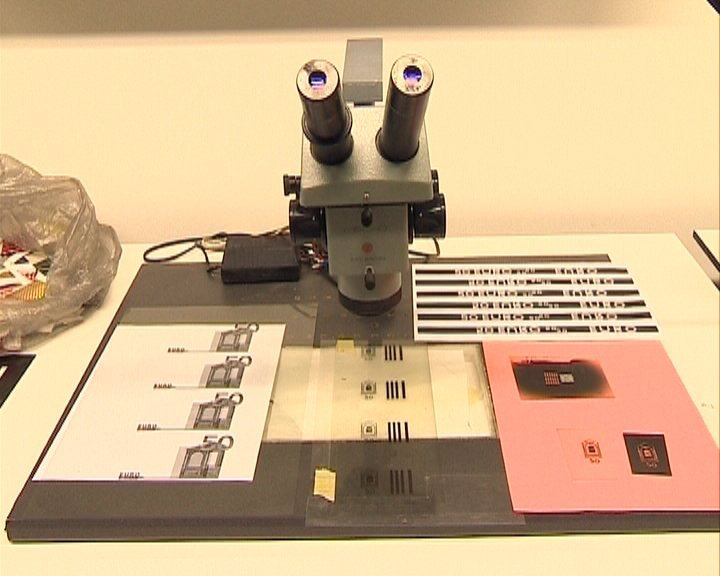
The first super-counterfeit print shop in Bulgaria was detected in 2003, which was then printing dollars. The machine is now part of the Europol museum. Whether the equipment seized in the current aid will also follow the fate of the first one remains to be seen.
Get the latest news wherever you are!
Follow us on
Facebook
and
Instagram
Follow BNT’s YouTube channel
You can now also watch us on
TikTok
Find us on
Google News







